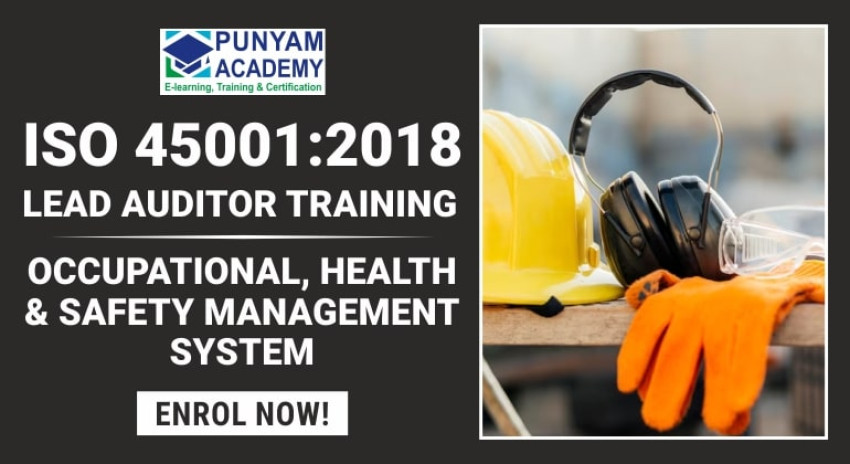
Within the realm of occupational health and safety (OH&S), accomplishing excellence isn't simply a compliance exercise, it is a cultural transformation. The ISO 45001 standard provides a strong framework for organizations to systematically manage OH&S, but its successful implementation and sustained effectiveness hinge on one crucial element leadership.
Leadership: Setting the Tone for Safety
ISO 45001 explicitly emphasizes leadership commitment, outlining its significance in driving the entire OH&S management system (OHSMS). Effective leadership goes beyond mere words, it requires concrete actions that demonstrate a genuine commitment to safety:
• Visible Engagement: Leaders must actively participate in safety initiatives, attending meetings, conducting safety walks, and engaging with employees on OH&S matters. Their visible presence reinforces the significance of safety and motivates employees to prioritize it.
• Resource Allocation: Leadership commitment translates into allocating essential resources – financial, human, and infrastructural – to assist the OHSMS. This demonstrates a tangible investment in safety and empowers employees to implement safe work practices.
• Decision-Making: Leaders play a crucial role in making safety -conscious decisions, even when faced with competing priorities. Prioritizing safety over short-term gains fosters trust and confidence among employees, encouraging them to raise safety concerns without fear of repercussions.
• Communication: Effective communication is paramount in building a culture of safety. Leaders must clearly communicate the organization's OH&S policy, objectives, and performance expectancies to all stakeholders. Open and transparent communication encourages employee participation and feedback, essential for continuous improvement.
The Ripple Effect of Leadership
When leaders demonstrate genuine commitment to safety, it creates a ripple effect that permeates throughout the organization:
• Empowered Employees: Leaders who empower employees to identify and address safety concerns foster a sense of ownership and responsibility. This active participation builds a culture of safety where everyone feels accountable for preventing incidents and improving workplace safety.
• Improved Morale and Engagement: When employees perceive that their leaders prioritize their well-being, it boosts morale and engagement. They feel valued and respected, leading to accelerated productivity and reduced absenteeism.
• Enhanced Reputation: Strong leadership in OH&S translates into a positive reputation for the organization. This attracts and retains top talent, strengthens relationships with clients and partners, and demonstrates responsible corporate citizenship.
Beyond Compliance: Embracing a Safety Culture
Whilst achieving ISO 45001 certification signifies compliance with the standard's requirements, it is crucial to remember that it's the only first step. True success lies in embedding safety into the organization's DNA, cultivating a culture where safety is an inherent value, not only a mandated practice.
Leaders play a pivotal role in fostering this cultural shift. By continually demonstrating their commitment, empowering employees, and celebrating safety successes, they create an environment where everyone feels safe, engaged, and empowered to contribute to a healthier and safer workplace.
Ultimately, leadership development goes hand-in-hand with acquiring the technical expertise to guide and oversee the OHSMS efficaciously. Consider exploring ISO 45001 lead auditor training to equip your leaders with the knowledge and skills to audit, examine, and continuously improve your safety management system, solidifying your commitment to a safer and more productive workplace.
In Conclusion
Leadership is not just an optional ingredient in the recipe for ISO 45001 success and workplace safety, it is the essential element that binds all other ingredients together. When leaders actively champion safety, they create a ripple effect that empowers employees, fosters a positive culture, and ultimately leads to a safer and healthier workplace for all. By prioritizing leadership development and nurturing a culture of safety, organizations can unlock the true potential of ISO 45001 and achieve sustained excellence in occupational health and safety.


